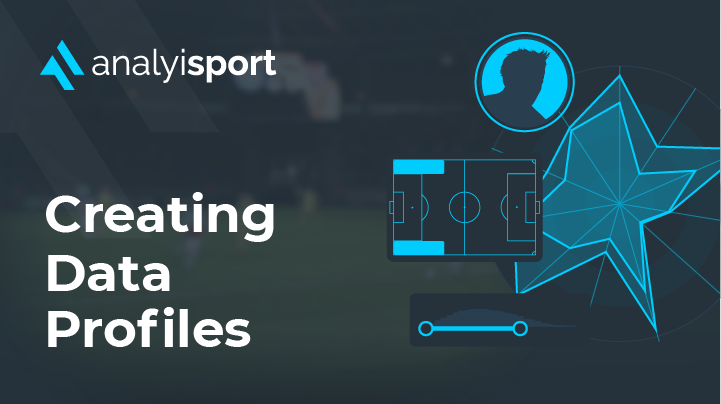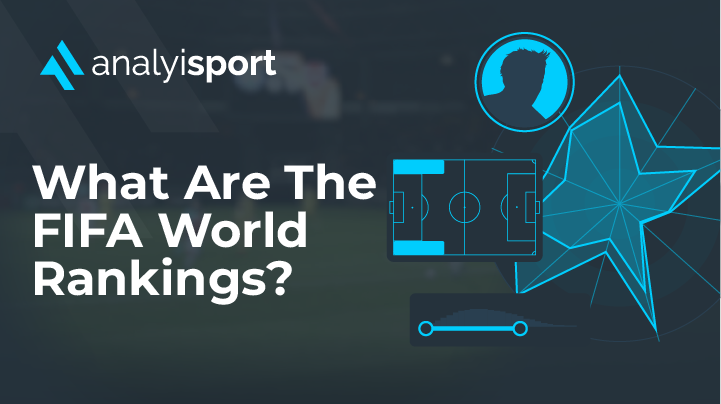Unlocking Victory: Why Football Clubs Must Teach Players About Data
Football is continuing to develop and change at a fast pace.
Data analytics now plays a big role in improving players, it keeps players healthy, and now leagues use data to improve fan engagement. Data is also an integral part of recruitment, it’s now well embedded and it’s the way for teams to get ready, plan, and find new talent.
In football, data analysis uses tools and numbers like expected goals (xG), GPS, and heatmaps. These help keep an eye on player health, improve training outcomes, improve the fan experience, and find new talent.
If you visit a training ground you’ll see a range of technology solutions all in use from tablets, drones, fixed camera and GPS systems. Visit the training ground at Norwich City and you’ll see the SoccerBot system.
All of the time each of these systems are capturing and using data from the leading companies including Hudl, StatsPerform, WyScout and more. With live data now available for players and staff to allow them to review and analyse performance data from games and training sessions.
Data analytics took a while to catch on in football, but now it’s key for planning and making decisions in the sport at all levels.
Ever wonder why football today looks so well-organised, with each player right where they should be?
How do teams like Liverpool, Man City, and Arsenal keep winning? The answer is more and more about data. At the recent StatsBomb conference speakers from around the world provided insights into how they are pushing their use of data and how they are delivering data to players and staff.
Let’s look at how data is changing football:
– Key data types in football include expected goals, GPS, and heatmaps
– Data helps monitor player health, fatigue, and injury risk – staff now review incidents during matches
– GPS tracks things like speed and how far players run
– Drones help with training on positioning and team moves – drones are using during training
– Data makes fan experiences better with the Bundesliga and La Liga leading the way
– Teams use data and real-world insights with the leading data providers
There are a number of expected goals (xG) models and it’s now widely used across the media. More than just a number, it evaluates a number of factors to see how good a scoring chance is. It’s like reviewing a book instead of just looking at the cover. xG is now a key statistic for analysts and broadcasters, integrated and part of how they present the game to fans and players.
This is just one example of how data and its use is now widely used within the football sector – watch any of the main football programmes and you’ll see xG as one of the key statistics now included.
So, how do teams use all of the data now available to them? Opposition analysis is a key area where analysts look to study opponents. This is an important role within each club and it’s not just a one-off, this is a role that involves looking at clubs each week, often weekend-midweek throughout the season.
The analyst will need to provide information for the manager, coaching staff and players – think of them as detectives, looking for vital clues and pieces of information. They are not just watching games, they are looking for patterns of plays, elements of games that will provide that unique insight that will provide an advantage.
Finding new players has also changed because of data. Traditional scouting is now supported with video scouts, technical scouts and positional scouts. Scouting now starts online with the use of online data tools like WyScout.
Recruitment analysts are working using specific player and data profiles stats to find players that match the club individual player profile. This has led to massive reduction in travel and overhead costs, also clubs are now looking at more clubs initially by using data and video.
How did this all start and why? Initially football was slow to adapt to the use of data. Only after groups like Liverpool’s Fenway Sports Group, inspired by data wins in American sports, did football really start valuing analytics. However their initial use of data was greeted with caution by many within football. Many commentators could not see who data could be used within football and doubted its long term usefulness. Now football is widely used at all levels – it didn’t take long for people to join the data revolution.
The use of data from finding new players to improving player performance and understanding player performance still requires an understanding of football. Data can provide unique insights when aligned and mapped with football knowledge, it helps provide clarity and a new set of insights. For players it is key that they understand the value of data and understand how it now plays a part in their match day routine.
The use of data is more than just numbers, it provides a way to use the game in a more detailed and nuanced way. Whether it’s preparing for a match or as part of player recruitment data analysis allows clubs, players and staff with a new way of evaluating problems.
Why is data analysis important in football?
Data analysis is key in football for making teams better, keeping players healthy, and finding new talent. It helps teams plan and prepare more effectively.
Why is data important to teams?
Data gives teams insights into how players are doing and what the competition is like. This leads to better decisions and a competitive edge.
Why is data science important in football?
Data science in football looks at complex data to make training better, stop injuries, and sharpen strategies. This leads to stronger teams and player growth.
Why are statistics important in football?
Statistics help understand how players and teams are doing, get to know the game better, and make smart choices about tactics and finding players.
How does football use data and analytics to improve team performance?
Football uses data and analytics to keep an eye on player health, make training better, study opponents, and make fans happier. This leads to better team performance.
Why is data and feedback important in sport?
Data and feedback give clear measures of how things are going, show where to get better, and guide training changes. This improves how athletes and teams do.
Related Courses:

- Level 1
- Module
Level 1: Opposition Analysis in Football
£25.00
Share this article
Our Learning Pathways
AnalyiSport is for everyone who is passionate about analysis in football. Where are you in your development journey?
Become a Football Scout
As more clubs than ever look to build data into their recruitment process, an understanding of recruitment analysis is your ticket to success in the game.
Related Articles
Our team provides news and insights from the cutting edge of football analysis.






